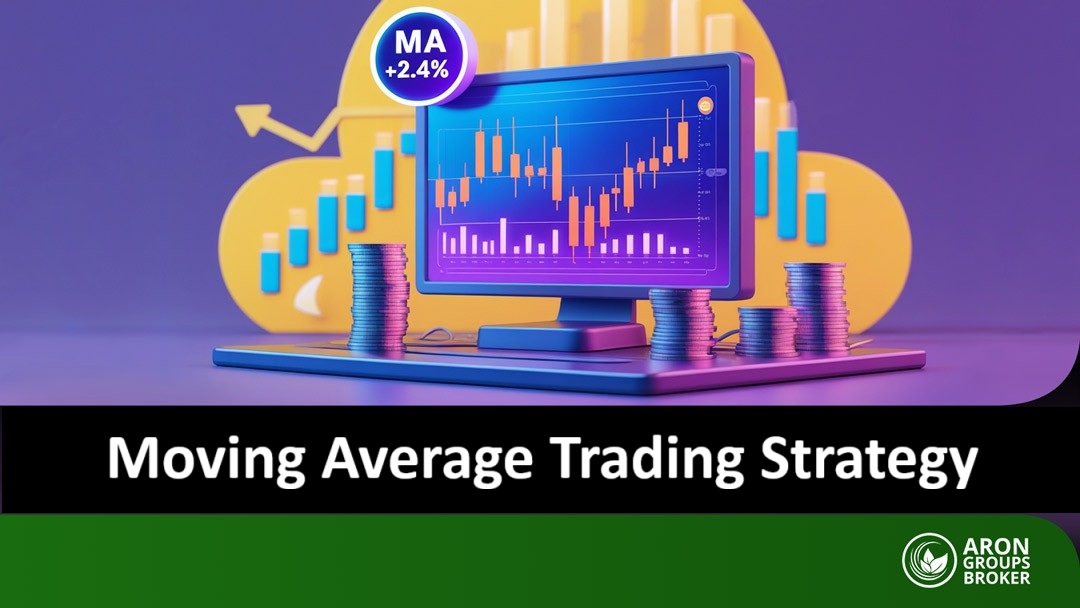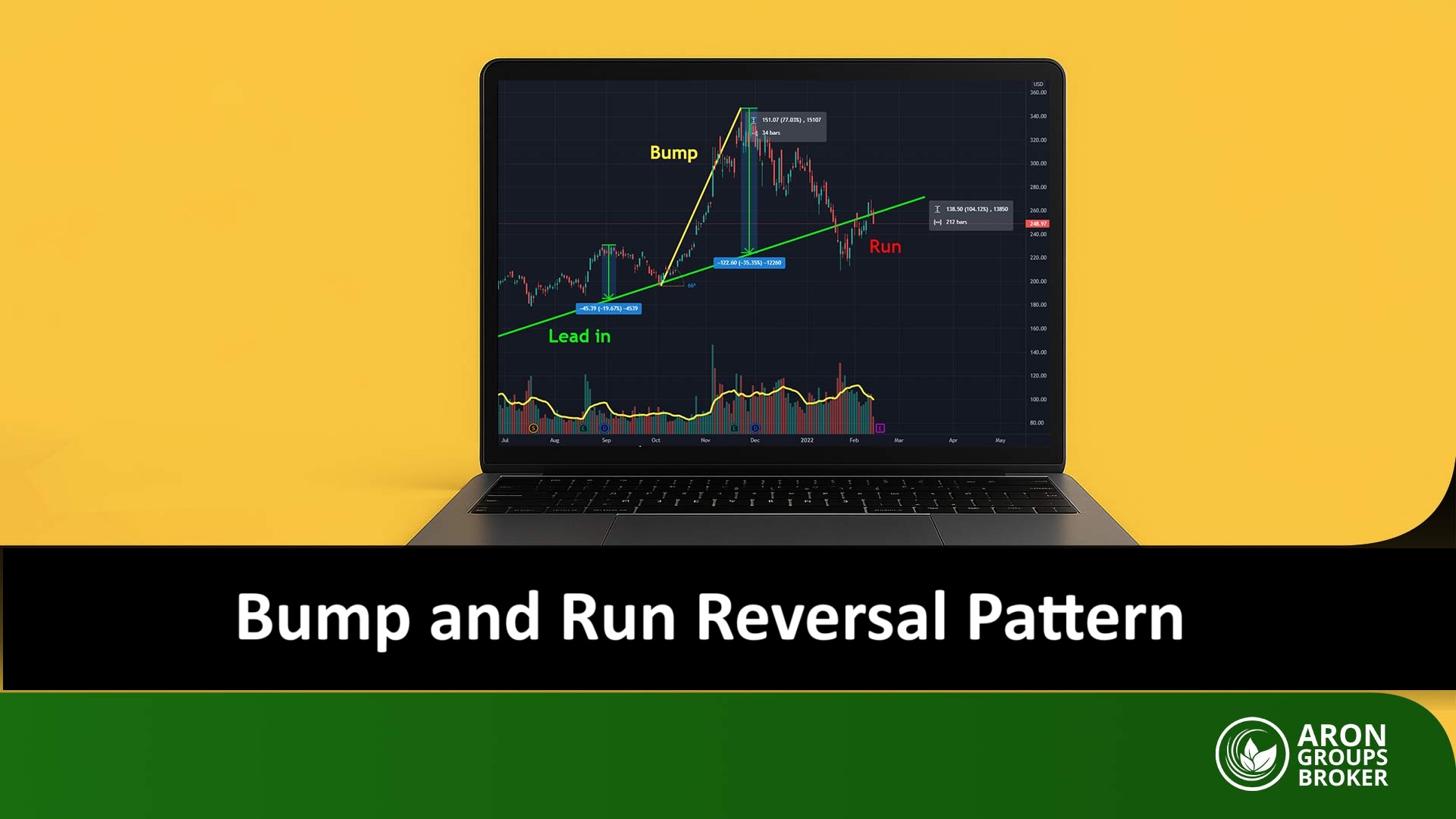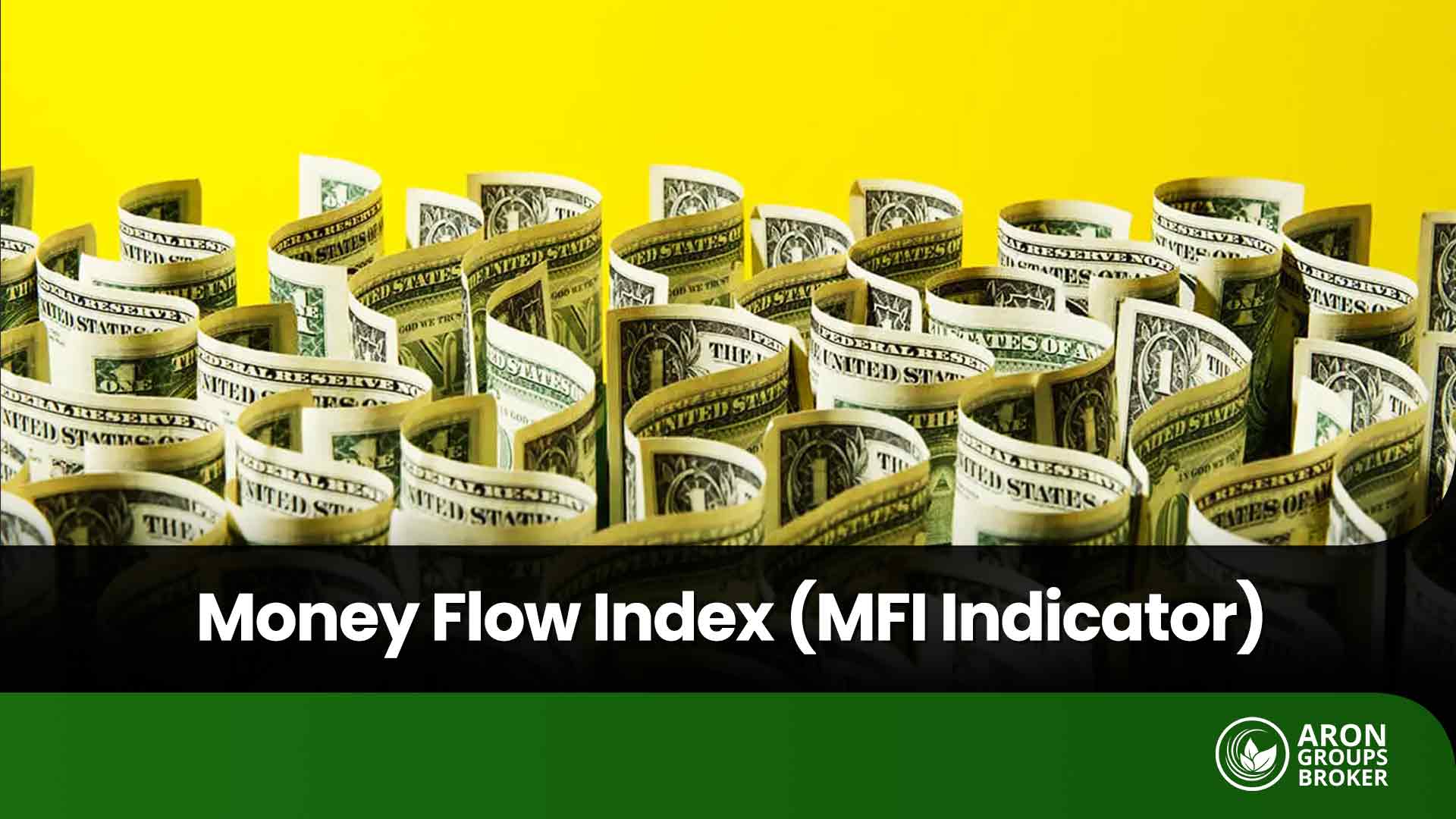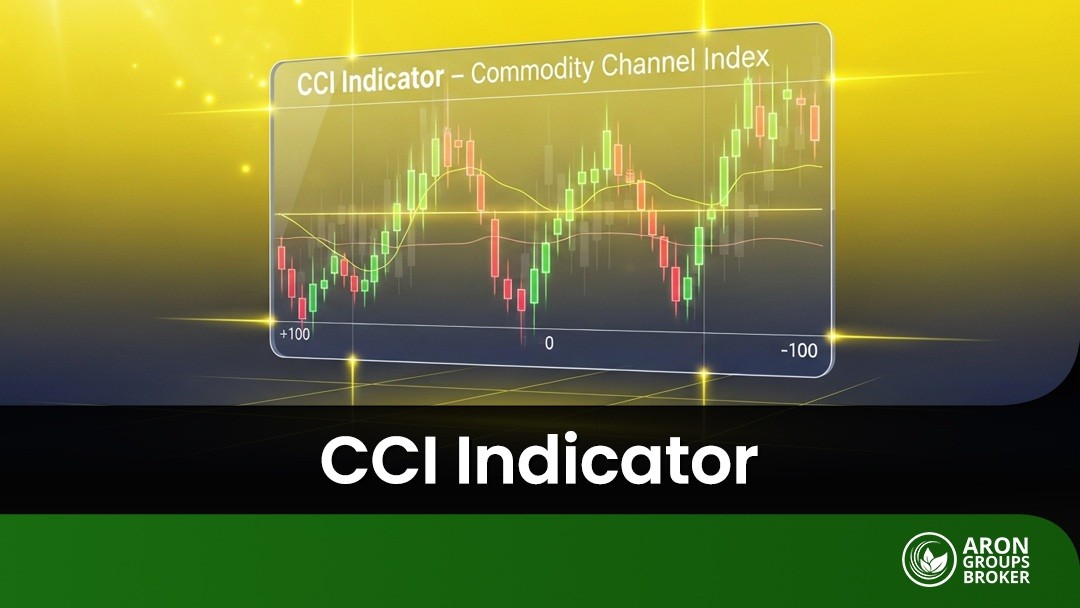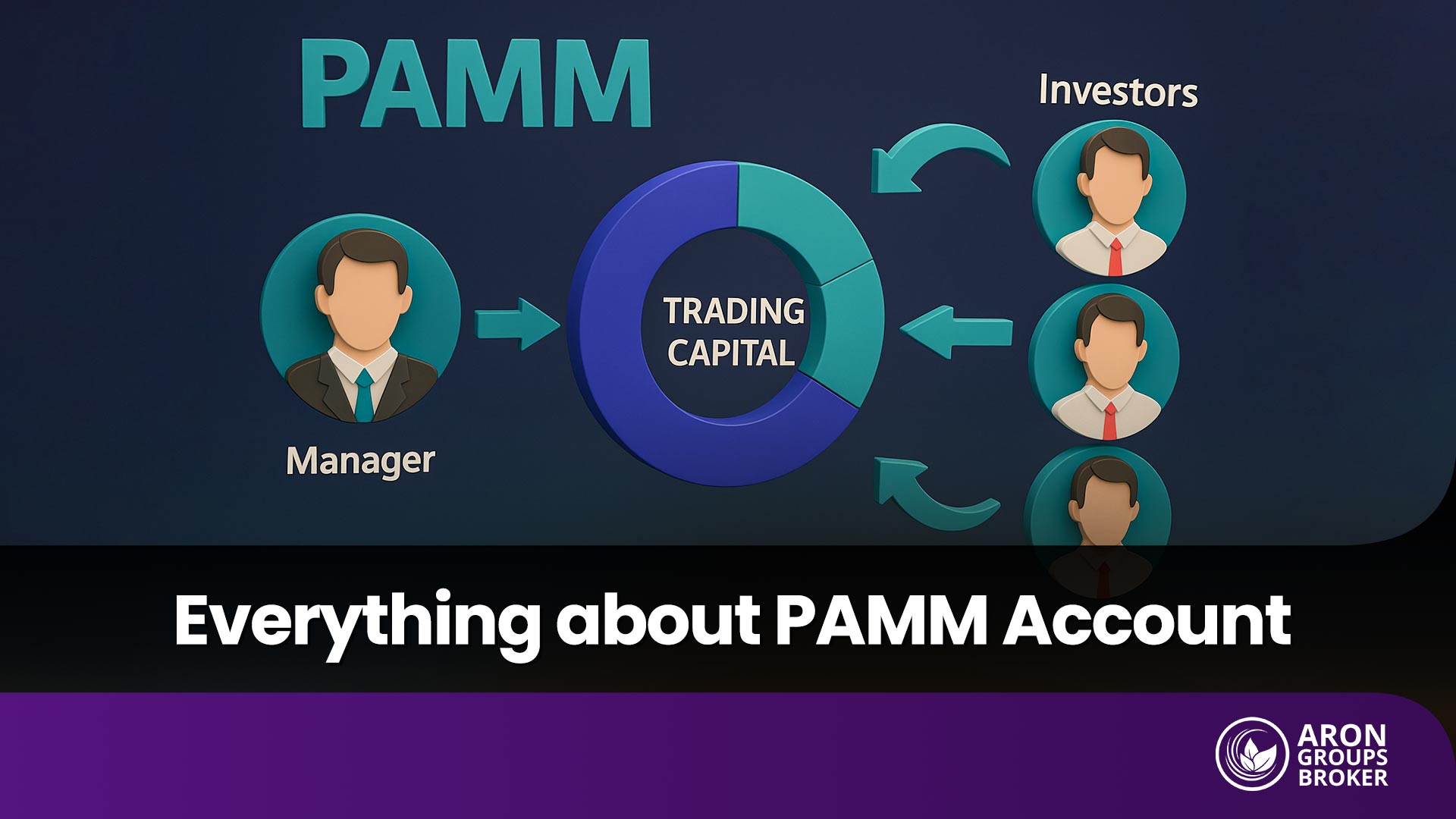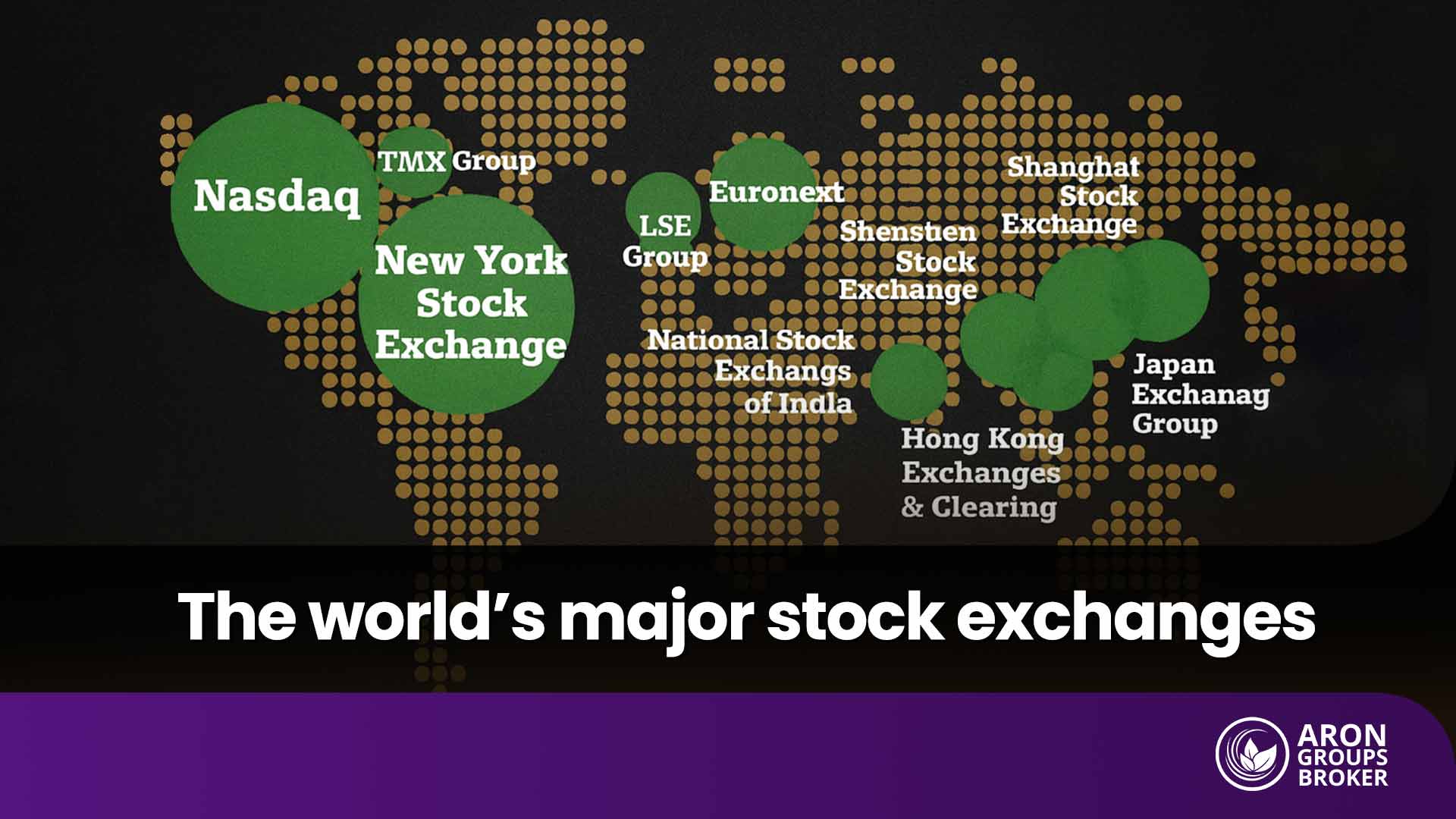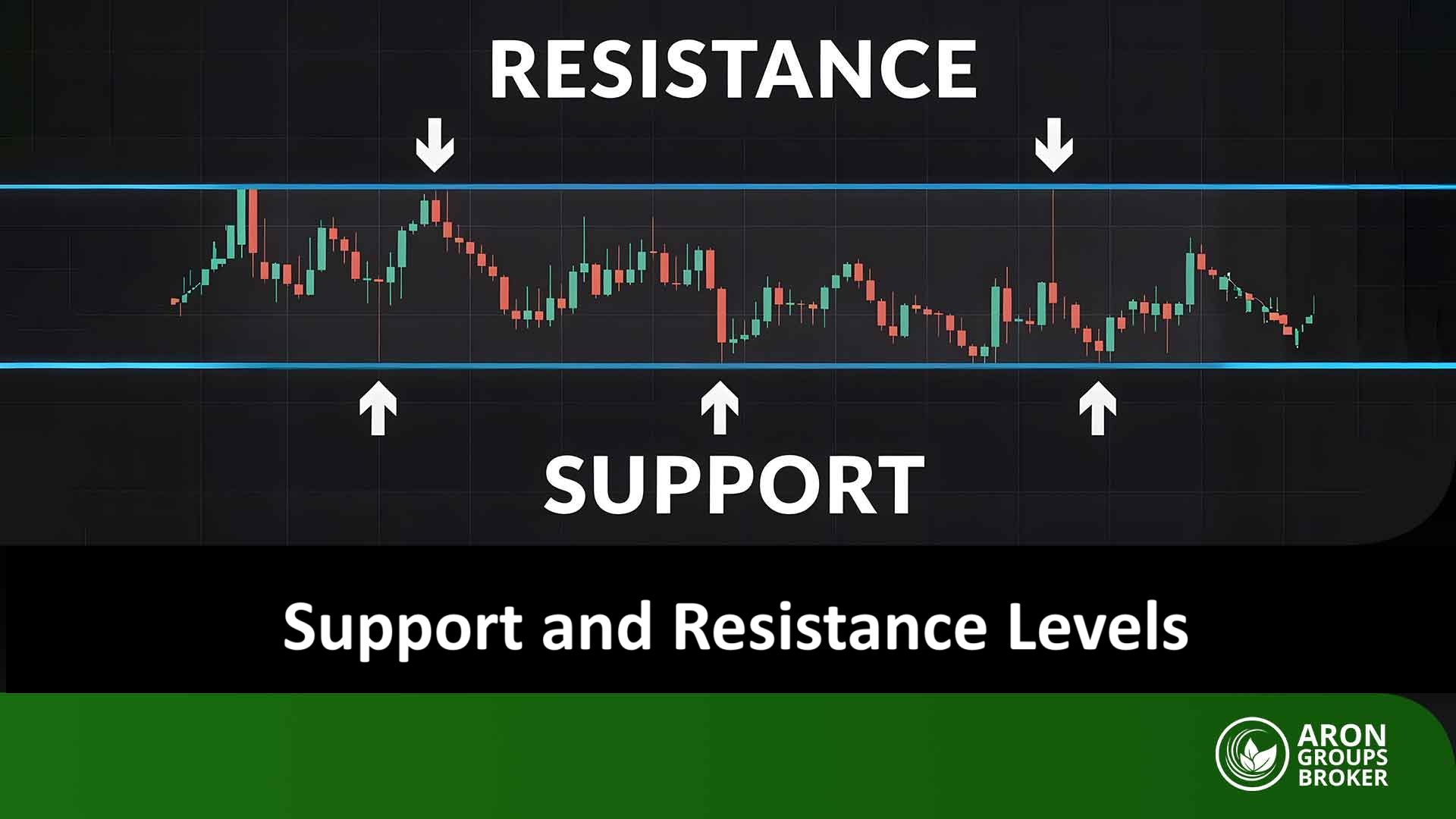Many traders, when looking back at their past trades, realize that they mostly paid attention to news and analysis that supported their own personal views. This is where Confirmation Bias in Trading comes into play. In simple terms, it is a mental tendency that makes a person focus only on evidence that strengthens their beliefs while ignoring signals that challenge them. This behavior can easily turn into a confirmation error in trading and lead to poor decisions.
Understanding exactly what Confirmation Bias is and how it works within trading psychology helps you develop a broader perspective. If you want to learn how this bias can influence your trades and, more importantly, how to avoid it, I invite you to stay with me until the end of this article.

- Understanding what Confirmation Bias in Trading is helps traders realize why their mind often looks only for information that matches their existing beliefs, and how this bias can change the course of decision-making.
- Using tools like trading checklists, journaling trades, and data-driven analysis reduces the impact of mental biases and makes the decision-making process more structured.
- Accepting that no market prediction is ever guaranteed and always preparing for different scenarios is one of the keys to consistent and rational trading.
- Actively seeking out and considering analysis that contradicts your initial view broadens your perspective and prevents you from falling into the trap of selective information.
What is Confirmation Bias in Trading?
When we ask ourselves what Confirmation Bias in Trading really means, we are talking about one of the most common and powerful cognitive biases in decision-making. Psychologists describe confirmation bias as the subconscious tendency to seek out information that supports existing beliefs while ignoring or downplaying evidence that contradicts them. This mental shortcut often leads traders to pay more attention to news and data that align with their initial view of the market.
For example, imagine a trader who believes the stock of a particular company will rise. Instead of considering both sides of the market, they focus only on bullish news and optimistic analysis while dismissing reports that suggest a possible downturn. As a result, their trading decisions are not based on the full picture but rather on selective information that reinforces their expectations.
This scenario shows how confirmation bias can distort both analysis and decision-making. By relying only on information that confirms their belief, traders limit their perspective and significantly increase the risk of making costly financial mistakes.

According to Britannica, Confirmation Bias in Trading is defined as a subconscious mental tendency where people search for, interpret, and remember information in a way that confirms their pre-existing beliefs, while disregarding or minimizing any evidence that challenges those beliefs.
How Confirmation Bias Affects Trading Decisions and Strategies
Many traders, when reviewing their performance, realize that part of their decisions were based on incomplete information. The reason is that the mind naturally tends to seek out only the data that confirms prior beliefs. This subconscious process often traps individuals in Confirmation Bias in Trading, gradually pushing them toward strategies that do not align with the actual market conditions. The outcome is weaker analysis and a reduced ability to properly evaluate risks and opportunities.
As this behavior continues, traders fall deeper into confirmation errors. For instance, a forex trader who believes a currency pair will rise may pay attention only to bullish charts and optimistic news, while ignoring bearish signals. This selective focus can lead them into high-risk positions, even when both fundamental and technical data point in the opposite direction.
Such situations show how clinging to prior beliefs undermines proper technical and fundamental analysis, and increases the chance of financial loss. At this point, understanding the difference between trading and gambling becomes crucial, since trades based on selective evidence resemble gambling more than they do a disciplined strategy.

According to Quantified Strategies, analysts recommend using structured decision-making frameworks to avoid falling into this trap—frameworks that deliberately emphasize considering opposing scenarios and contradictory evidence.
Causes of Confirmation Bias in Trading
There are many reasons why a trader’s mind ends up seeing only part of the market reality. A mix of emotions, past experiences, and even the environment where information is consumed can all create a situation where the trader seeks confirmation of prior beliefs. Understanding these roots makes it easier to see why this bias happens and what can be done to reduce it.
The Role of Emotions and Trading Psychology
Emotions like fear of missing out (FOMO)or greed for higher profits push the mind to focus on signals that confirm what the trader already believes. Overconfidence plays a similar role. After a few successful trades, a trader may assume they are always right and only take bullish signals seriously. This shows how trading psychology is a key driver in shaping this mental bias.

The Role of Past Experiences and Selective Information
Our brain naturally relies on past experiences. If a trader once made strong gains in technology stocks, they are more likely to pay attention only to positive news in that sector going forward. This selective filtering of data is a clear form of Confirmation Bias in Trading. One effective way to counter it is by keeping a trading journal, which allows traders to track decisions over time and spot hidden patterns or mistakes influenced by bias.
The Role of Media and Social Networks in Reinforcing the Bias
Social media algorithms are designed to show more of what users already like or agree with. For traders, this creates a closed environment where they see mostly bullish opinions that confirm their beliefs. The result is a reinforcing cycle that increases the risk of confirmation errors. For example, a trader who only follows groups that post optimistic analyses may miss important warnings or opposing viewpoints, leading to incomplete and risky decisions.
The Impact of Confirmation Bias on Trading Decisions
When a trader’s mind focuses only on evidence that confirms existing beliefs, trading outcomes become unreliable. This bias can not only lead to financial losses but also severely weaken the ability to analyze and plan effectively. Let’s look at the most significant consequences.
Financial Losses from Irrational Decisions
Imagine a trader who is so convinced about an idea that they completely ignore market reality. This is exactly what Confirmation Bias in Trading creates. By listening only to news that supports their view, they might enter a trade at the wrong time. For example, a trader who believes a company’s stock will always go up may overlook warning signs such as poor earnings reports and end up investing heavily during a downtrend. Such mistakes can result in heavy losses, draining both capital and confidence in their strategy.
Reduced Ability to Analyze Data and Manage Risk
When the mind falls into a confirmation trap, it’s as if the trader is wearing foggy glasses. Key signals—like bearish patterns or negative statistics—get ignored, leading to flawed analysis. For instance, a trader who only sees bullish indicators might skip checking the risk-to-reward ratio and enter a high-risk trade. To avoid this, learning the principles of risk management is essential. Without it, capital can easily be exposed to trades with low probabilities of success, stripping traders of control over their performance.

Increased Likelihood of Entering Low-Probability Trades
To understand what Confirmation Bias really means in practice, consider how beliefs can mislead decision-making. Traders often jump into trades without full analysis because their conviction overrides caution. For example, a crypto trader who believes strongly in the growth of a token might ignore reports of technical issues or rising competitors and invest recklessly. These impulsive moves, rooted in the need for confirmation, often lead to failure. Not only do they reduce profitability, but they can also damage a trader’s confidence and discipline over time.

According to StockOdds, one of the most dangerous effects of this bias is holding onto losing positions in the hope of a trend reversal, as traders under its influence tend to underestimate the likelihood of unfavorable changes and prolong their losses.
Ways to Overcome Confirmation Bias in Trading
Confirmation Bias in Trading can act like a mental filter, narrowing a trader’s perspective and pushing them toward poor decisions. Fortunately, there are several practical methods that can reduce the impact of this bias and lead to more rational, disciplined trading.
Developing an Open Mindset and Critical Thinking
Instead of following only the analysis that aligns with our beliefs, a more balanced approach improves decision-making. For example, reviewing both bullish and bearish signals, questioning opposing viewpoints, and approaching market data with an open mind all help reduce bias. This approach makes it easier to recognize what Confirmation Bias in Trading is and how to prevent it from shaping your judgment.
Using Trading Checklists and Standard Criteria
Having a predefined checklist for trade entry and exit creates structure and consistency. By applying such criteria, traders rely less on emotion and more on objective standards. This reduces the likelihood of falling into a confirmation trap. For instance, before opening a position, one should check whether the trade meets requirements such as risk-to-reward ratio, position sizing, and fundamental support.
Recording and Reviewing Trade Statements for Self-Evaluation
Keeping a detailed trading journal that records trades and the reasoning behind them allows traders to review past decisions. If trades based only on positive signals consistently underperform, this reflection highlights where confirmation bias played a role. Identifying these patterns makes it easier to adjust and improve future strategies.
The Role of Analytical Tools and AI in Reducing Cognitive Errors
Analytical tools and artificial intelligence can play a significant role in trading psychology, as AI-based systems are capable of analyzing vast amounts of market data, behavioral patterns, and trading signals to provide an objective and unbiased perspective. This helps investors make decisions based on reliable data rather than emotions or excitement.
Moreover, advanced analytical tools can minimize errors caused by impulsive judgments and enable the simulation of different market scenarios. By identifying hidden patterns within financial data, AI algorithms offer a deeper and more accurate understanding of risk and return.
Conclusion
Understanding what Confirmation Bias in Trading is should be essential knowledge for every trader. This cognitive bias leads people to notice only information that confirms their existing beliefs while ignoring evidence that contradicts them. Over time, this behavior distorts financial decisions and increases the likelihood of losses.
The good news is that awareness combined with practical methods—such as critical thinking, structured trading checklists, and keeping a detailed trading plan—can significantly reduce the impact of this bias. Using analytical tools and focusing on objective data further ensures that trading decisions are based on reality rather than personal assumptions.
Ultimately, combining solid market analysis with a clear understanding of trading psychology helps traders act more rationally and reduce unnecessary risks. Awareness and mental discipline are the qualities that often make the difference between consistent success and costly failure in the markets.























